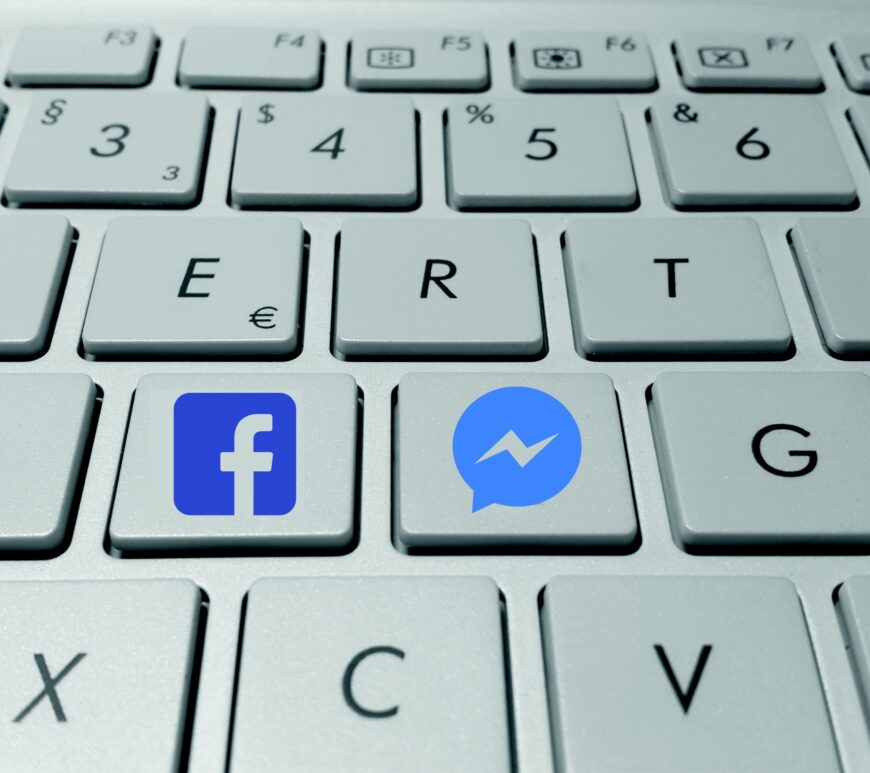
Digital humans as influencers?
Do you follow digital humans on Instagram? According to StopPress, “a new wave of influencers is already here”. Last week I had a conversation with my colleagues about how AI will shape the future of marketing. While agreeing with many predictions, I was not sure about why we used the future tense in the discussion as AI is already shaking things up. I’m waiting for … Continue reading Digital humans as influencers?


